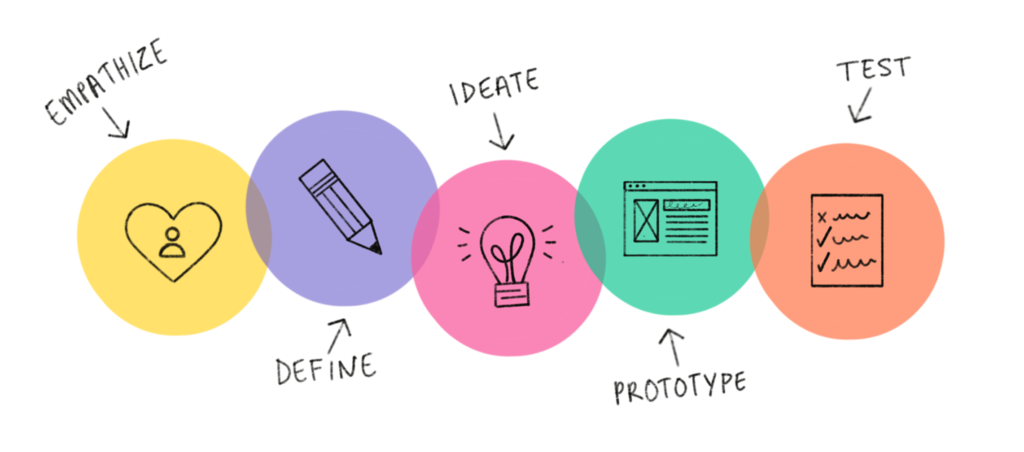The role of Empathy in Design Thinking; what brands can learn from Netflix and Ariel
11.10.22
As a researcher I am constantly driven by the intense desire to know more, to be curious about people…. why they behave in a certain way, why they feel what they feel. We are naturally wired to have an investigative mind and an empathetic approach when talking to people. And when it comes to design research, the ability to understand others is critical!
But let’s take a step back, what does empathy really mean?
Empathy is the ability to put yourself in another person’s shoes; to truly see the world through their eyes in a given context or situation. Without empathy we wouldn’t have human beings; the capacity to feel and understand others is what enabled cooperation and, ultimately, survival (so far!).
In brand experience, empathy is the first step to ensuring a consumer-centric approach – its presence or absence often marking the success or failure of design and innovation.
The first step in empathising with your consumers is to suspend your own view of the world around you and truly see it through your consumers’ eyes. At The Big Picture, Design Thinking and human-centred design form central components of this process: it’s time to stop guessing and start gathering real insights about your consumers!
So, if empathy was so important in our human evolution and the foundational principal of Design Thinking, why do we forget about it sometimes?
With the rise of machine learning and algorithms it can be tempting to think machines can predict and give us answers without the need for human understanding. A more nuanced and complementary approach is needed.
But don’t worry – even the biggest names can fall foul of such assumptions. In 2016, Google’s DeepMind team announced that artificial intelligence had helped them to significantly reduce the cooling bill and decided to implement this technology in other complex environments. So, the Portland public school replaced the janitor responsible for their heating system and used this technology instead. However, interestingly the school’s bills rose significantly instead of decreasing; it turns out that the janitor was difficult to replace because he possessed the exact knowledge required to manage the building e.g., closing the windows when the children were opening them or fixing the thermostats when they were fiddling around with them.
This is not to say that artificial intelligence is bad. It worked for Google as their environment was designed in a predicable way, but it failed with the Portland school because their building wasn’t so predictable. So, we should not forget that artificial intelligent cannot completely replace human beings, especially when we face complex matters.
Netflix leverages AI to create a unique experience for each viewer based on that customer’s viewing habits but when thinking about innovation and reinvention, human empathy has always been the secret sauce of their success.
The biggest of its innovations is the ability to reinvent itself, growing from a small tech start-up delivering DVDs to a company changing the world through innovation. Their ability to do so comes from a deep reading of what people want, as well as their behaviour. Empathising with its viewers led them to design disruptive products like the move to video streaming, the personalised recommended content etc…
Empathy is the key ingredient that led Netflix to success. Blockbuster (remember them!) only focused on what brought in the most revenue in the moment, but Netflix has empathy for what its consumers want. And we all know how this film ended.










